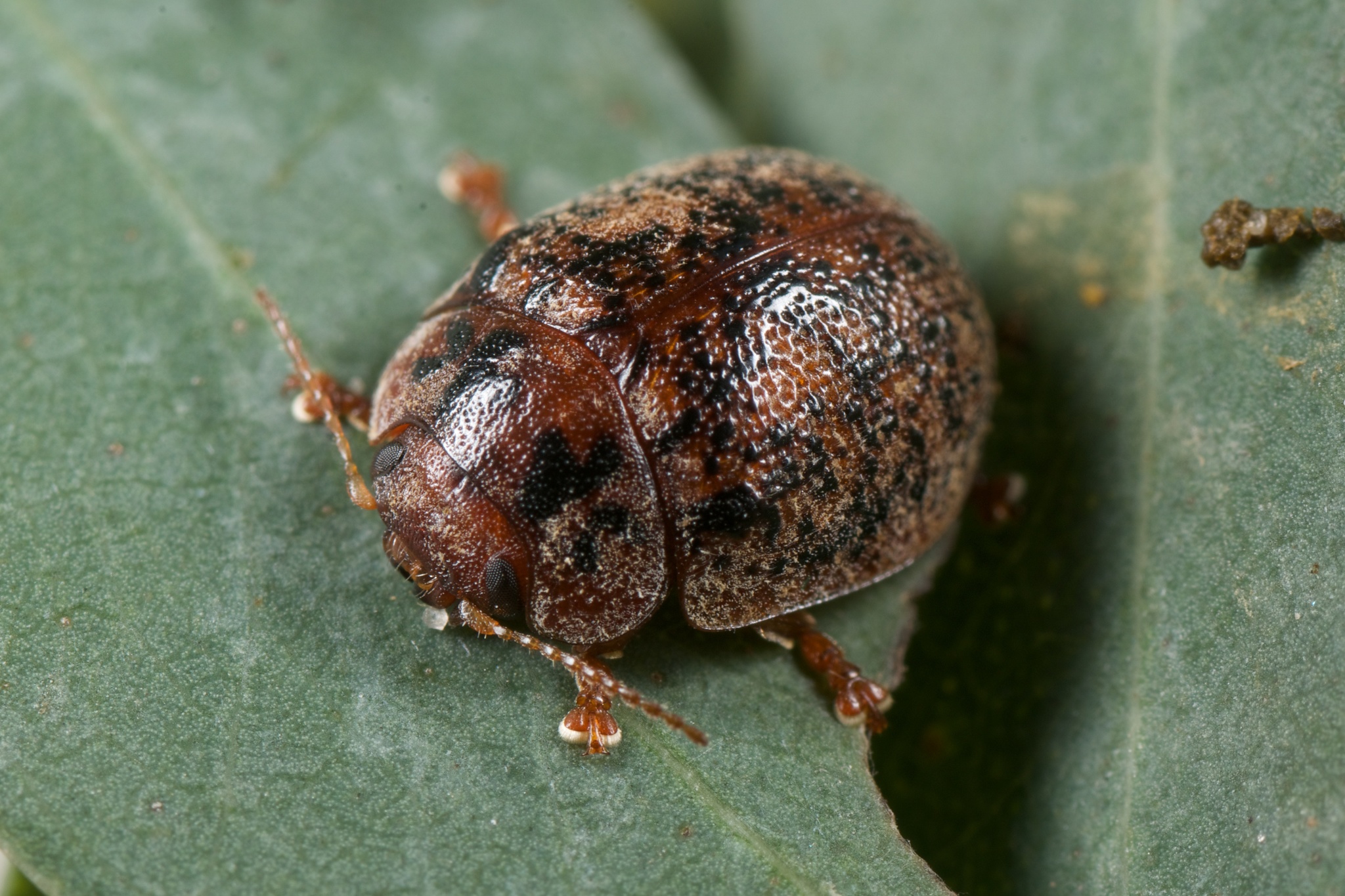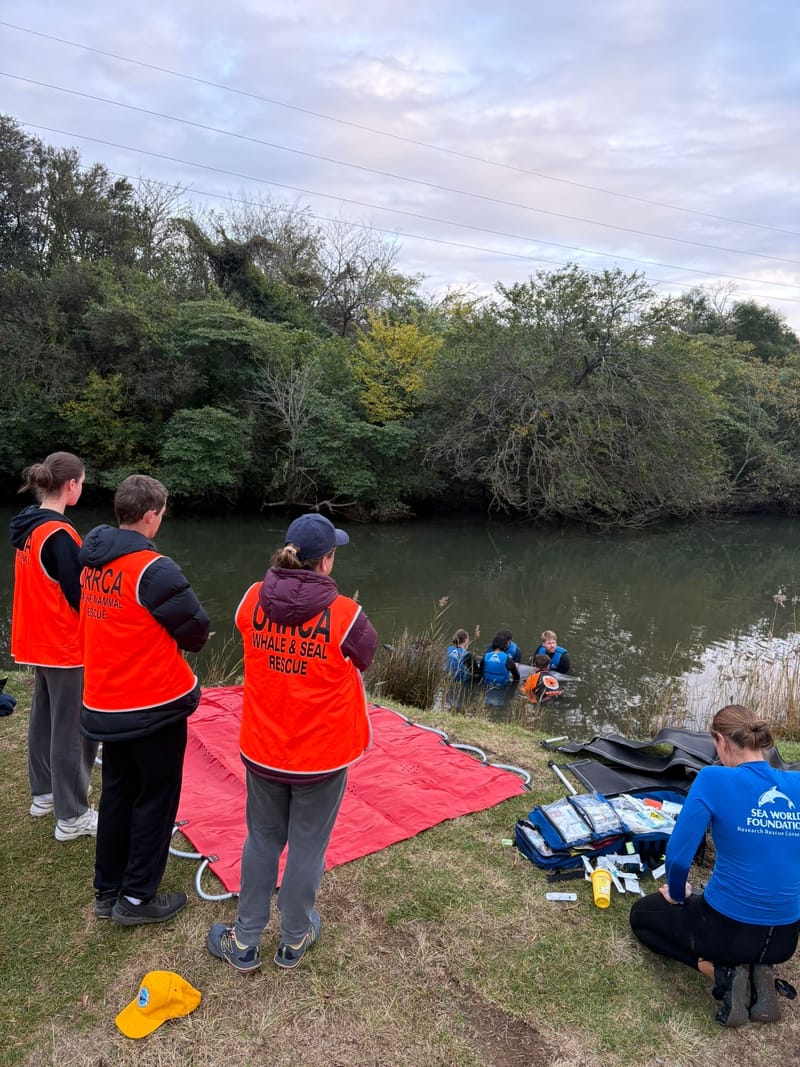'Working with biosecurity agencies is fun'
Working with biosecurity agencies is fun, you never know what is going to come up next. Biosecurity (the old name is animal and plant quarantine) is not the prime focus of my work, but as an expert in a plant-feeding insect group I regularly get...

Working with biosecurity agencies is fun, you never know what is going to come up next.
Biosecurity (the old name is animal and plant quarantine) is not the prime focus of my work, but as an expert in a plant-feeding insect group I regularly get called upon to help out. At present I have two cases on my metaphorical desk (writing this in lockdown).
A new eucalypt-feeding potential pest has just turned up in New Zealand. New Zealand doesn’t have any native eucalypts but, as anyone knows who’s been there, Australian eucalypts are planted all over the place and several species are important timber trees for their forestry industry. In the absence of eucalypt-feeding insects these trees grow really tall and straight, often nothing like our own venerable gnarly trees.
My first experiences of eucalypts were in Northern Ireland, where we had Tasmanian Blue Gums in the school grounds. Even though such trees could not have been in the UK for more than 150 years, they were already regarded as the source of a ‘traditional’ cure for colds. We would gather and crush the gumnuts, pour boiling water over them in a basin, then breathe in the fumes with a towel over our heads for maximum efficacy. They certainly cleared the nose, if nothing else!
There also were young forestry plantations nearby at the foot of the Mourne Mountains and later I saw plantations of ramrod-straight trees in Portugal and in Colombia (yes, with hummingbirds visiting the flowers). It was a shock coming to Australia and seeing crooked trees. That’s the effect of native insects.
I digress. The Australian beetle that’s turned up in NZ is a species of the leaf beetle Trachymela. These are mottled dull brown beetles that often cover themselves in a film of wax, so that they look dusted in flour or icing sugar. They generally stay hidden on dead leaves or bark during the day and feed at night. They all look similar but thanks to work by my former student in Queensland, we know there are about 160 species, of which about a third are described. So we are unlikely to get a name for this beast but, of course, the important thing is to know where it comes from in Australia, so that its natural enemies can be found. The hunt involves ecologists, taxonomists and foresters, professionals and amateurs, in six states and on online forums, such as i:Naturalist.
The second case is an Asian beetle that has turned up in the Melbourne Botanic Gardens. First notice of this animal was posted on i:Naturalist, and on the basis of the photos it has been identified as a seed predator of Honey Locust (Gleditsia triacanthos), but I’m waiting for specimens to confirm this. Honey Locust is, of course, American, but there are Asian species of Gleditsia and these are the natural hosts of the beetle.
There is an interesting twist to this story. Honey Locust is (surprisingly) still widely sold in nurseries, yet it has become a serious weed in NSW. The usual story, today’s garden plant is tomorrow’s weed. So the beetle, though brought in accidentally and escaping our strict biosecurity measures, may actually be useful.
The moral of the story: plant native.
Have a question specifically for Dr Chris? Email editor@2508mag.com.au





